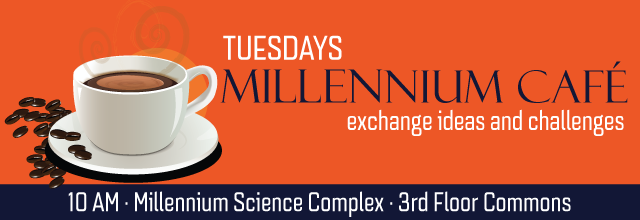Tom Richard and Justin Schwartz
Over the last few years Project Drawdown has used peer-reviewed research to assess the costs and impact of over 80 solutions to reverse global warming. This research has demonstrated that solutions exist, they are here today, and they have positive impacts beyond their climate benefits – a positive and hopeful message that has attracted attention worldwide. The portfolio of solutions is broad and sometimes surprising, including not just energy, buildings and transportation and energy but also chemicals and materials, food systems and land use, empowering women and educating girls. This summer Penn State will be hosting about 50 undergraduates from across the U.S. as Drawdown Scholars to advance the research and extend it education and outreach, and September 16-18 we will be hosting the first Drawdown international scientific conference. We will discuss how the Drawdown framework can help connect the broader impacts of your research to new funding opportunities, develop new collaborations, and attract the best of the next generation of extraordinary and highly motivated students.

